Major museums attract crowds with their famous masterpieces and ancient treasures, yet some of the world’s most captivating collections exist in places you’d never expect to find them. These specialized institutions celebrate topics ranging from spectacular commercial failures to oddly specific human obsessions—a proof that almost anything can become museum-worthy when someone cares enough to preserve it properly.
Passionate collectors and dedicated researchers created these unusual spaces, often starting with personal collections that grew beyond what any reasonable person could store at home. Here is a list of 19 unique museums that showcase humanity’s strangest interests, forgotten histories, and most unexpected cultural artifacts.
Museum of Failure
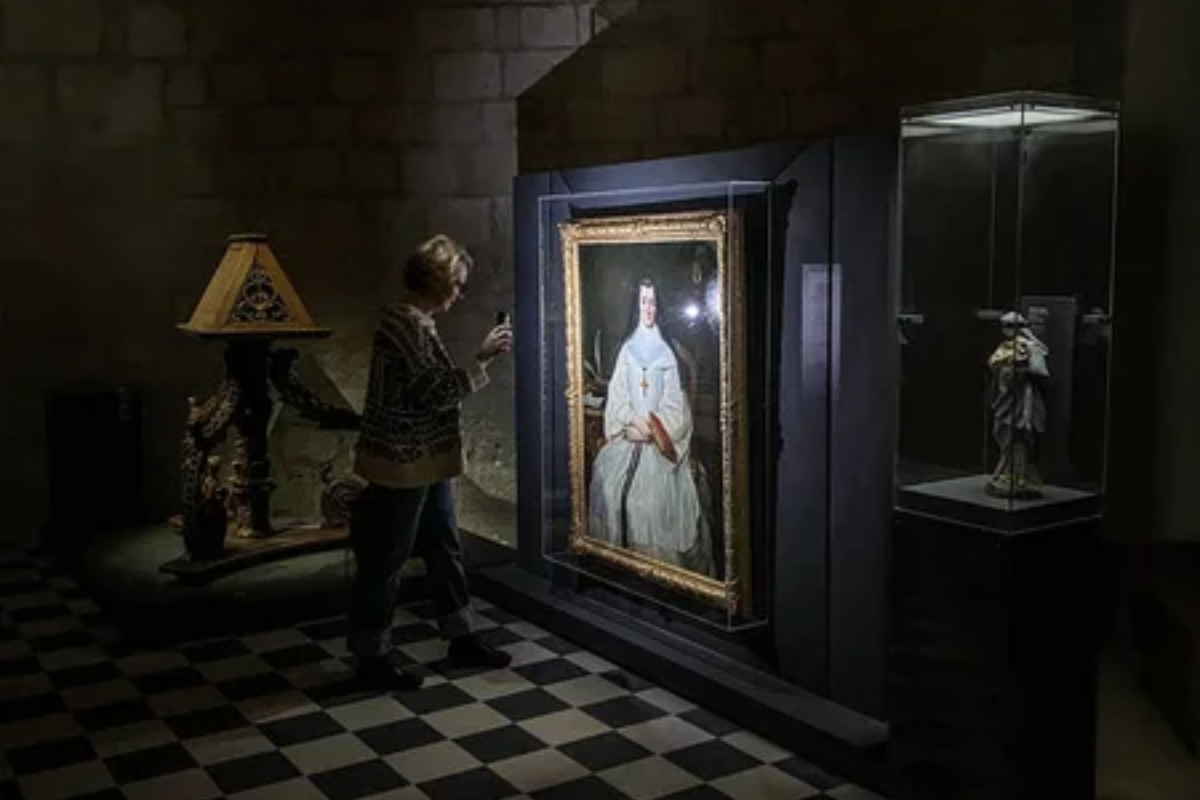
Sweden hosts this celebration of innovation gone spectacularly wrong, displaying hundreds of products that companies believed would change the world but instead became legendary disasters. Google Glass sits alongside New Coke and the Ford Edsel, though lesser-known flops like Harley-Davidson cologne and Bic for Her pens steal the show with their sheer audacity.
Rather than mocking these failures, exhibits explain why each disaster represented a necessary step in the innovation process—making visitors laugh while they learn about the messy reality of progress.
International Banana Museum
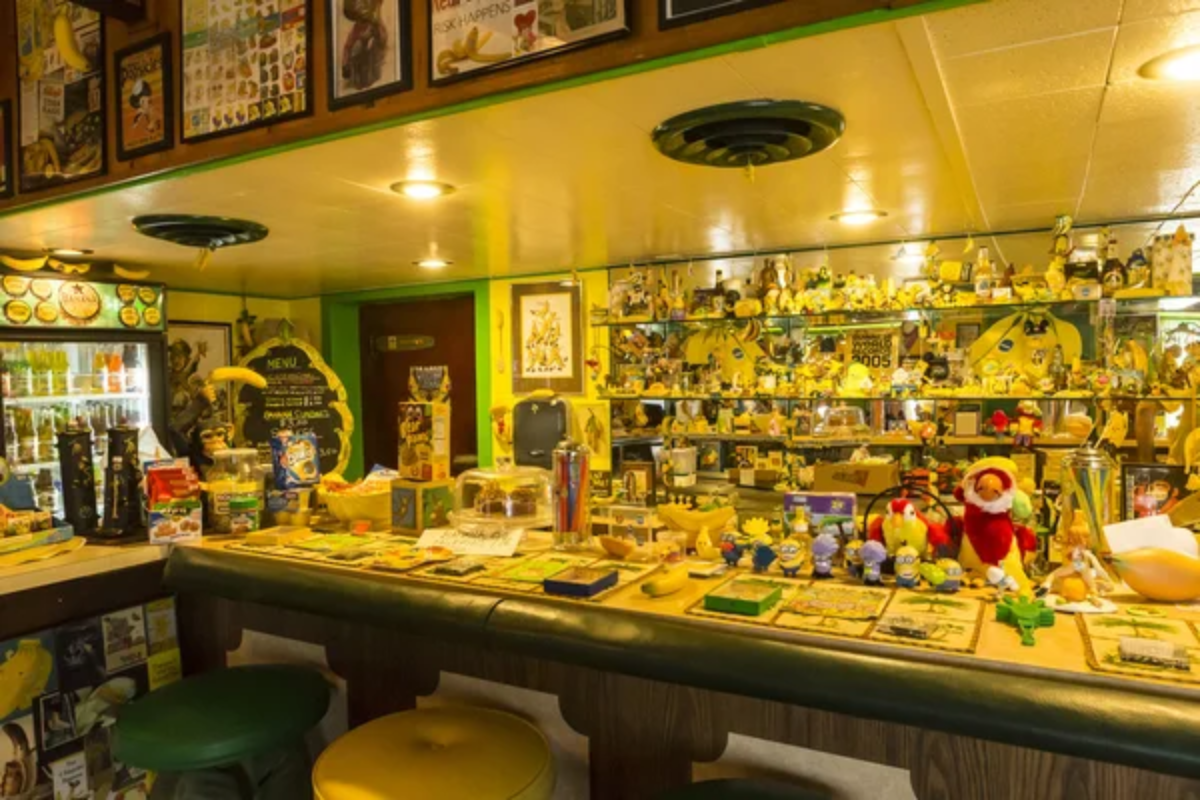
California’s Mecca houses more than 25,000 banana-related items, accumulated by enthusiasts whose fruit obsession transformed into a roadside attraction that defies all logic yet somehow works perfectly. Yellow dominates everything from furniture and clothing to vintage advertisements and kitchen gadgets, creating an environment so thoroughly committed to its theme that visitors can’t help but admire the dedication.
The gift shop continues this commitment with banana-themed merchandise that ensures nobody leaves without some reminder of their journey into produce-based madness.
Like Travel Pug’s content? Follow us on MSN.
Museum of Bad Art
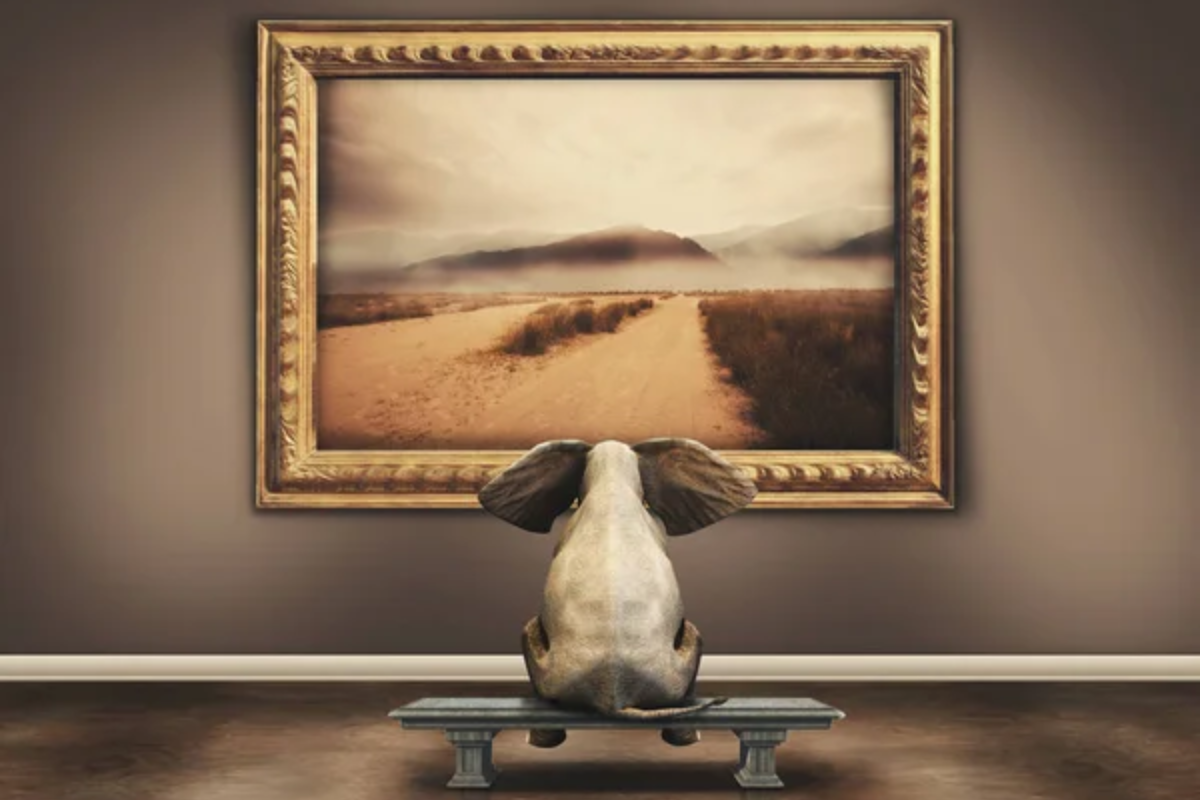
Massachusetts celebrates artwork that’s too awful to ignore, featuring paintings and sculptures that demonstrate sincere artistic intent paired with execution so poor it becomes fascinating. The collection doesn’t include amateur efforts or children’s artwork—instead, it focuses on pieces that achieve a special category of terrible that somehow circles back to compelling.
Their motto perfectly captures the institution’s spirit: these works represent human creativity even when that creativity misses its target by spectacular distances.
Leila’s Hair Museum

Missouri’s comprehensive collection of human hair artifacts spans centuries and includes jewelry, flowers, and intricate sculptures created entirely from what most people throw away after haircuts. Victorian memorial jewelry made from deceased relatives’ hair forms the collection’s core, though contemporary pieces prove this art form never completely disappeared.
The museum’s educational approach helps visitors understand the cultural significance behind practices that modern sensibilities might find disturbing, transforming potential revulsion into a genuine appreciation for historical mourning customs.
Museum of Jurassic Technology
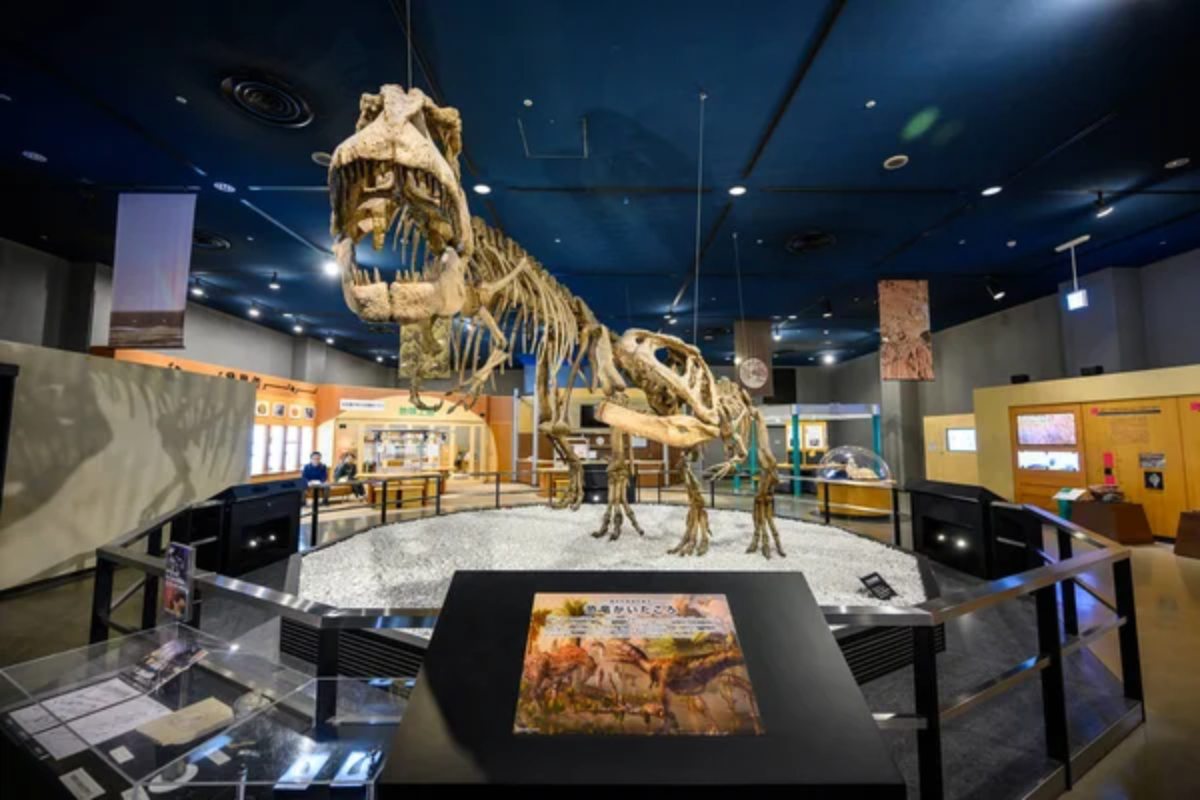
Los Angeles houses this deliberately confusing institution, where fact and fiction blend so seamlessly that visitors often leave questioning everything they think they experienced inside. Exhibits cover topics from memory studies to decay theory, with displays that might represent legitimate science or complete fabrication—the uncertainty is entirely intentional.
Dim lighting and whispered audio guides create an atmosphere more suited to ancient libraries than traditional museums, making each visit feel like uncovering secrets that were always hiding in plain sight.
Like Travel Pug’s content? Follow us on MSN.
American Toby Jug Museum
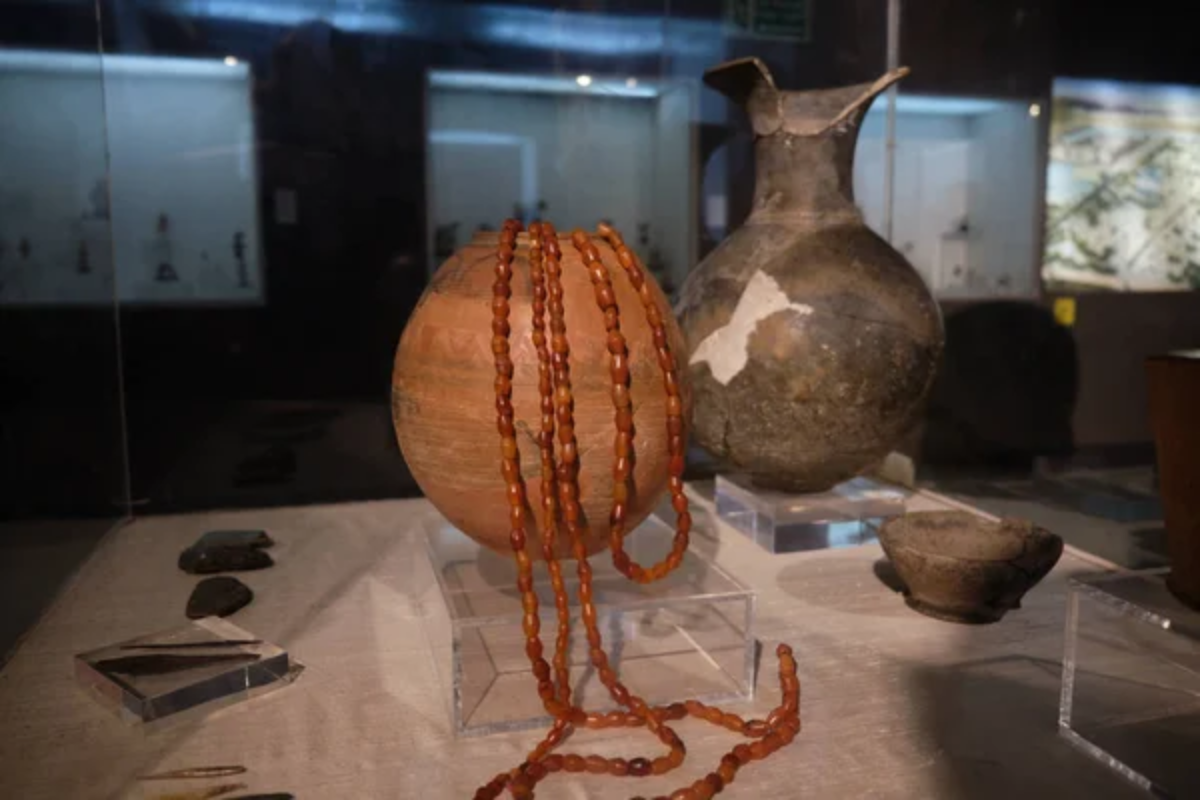
Kentucky’s comprehensive collection of ceramic drinking vessels shaped like human figures showcases folk art that reached peak popularity during the 18th and 19th centuries. Over 8,000 pieces include rare historical examples alongside contemporary interpretations of traditional character jugs, demonstrating how everyday objects can transcend their practical purposes to become genuine art forms.
Some pieces command high prices from collectors who value craftsmanship over functionality, proving that beauty and utility don’t always travel together.
Salt and Pepper Shaker Museum
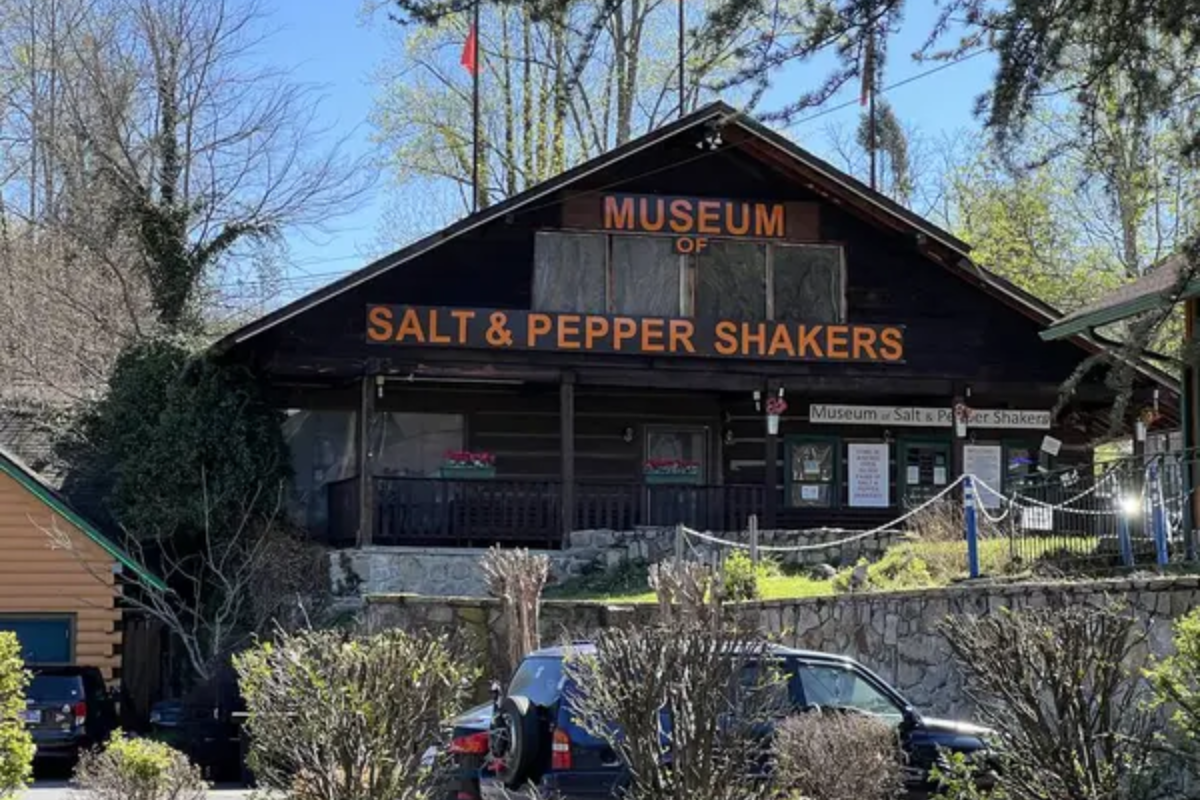
Tennessee’s Gatlinburg attraction displays more than 20,000 sets of salt and pepper shakers representing every conceivable theme, design approach, and cultural reference point imaginable. The collection spans elegant crystal sets to novelty shakers shaped like animals, buildings, and cartoon characters—demonstrating remarkable creative possibilities within the constraints of such mundane household objects.
Organization by theme and historical period helps visitors trace design evolution and cultural trends through these humble dining accessories.
Mutter Museum

Philadelphia’s medical oddities collection houses specimens, instruments, and models that document medicine’s history in ways no textbook could replicate effectively. Preserved conjoined twins, massive kidney stones, and antique surgical instruments create experiences that educate and unsettle visitors simultaneously.
The museum’s academic approach ensures these displays serve legitimate educational purposes rather than existing purely for shock value—though the shock value certainly doesn’t hurt attendance figures.
Like Travel Pug’s content? Follow us on MSN.
Spam Museum

Minnesota’s Austin celebrates the canned meat phenomenon that became a global cultural force, with exhibits covering everything from production processes to the product’s crucial role during World War II rationing. Interactive displays let visitors experience assembly line work while learning about Spam’s surprising importance in international cuisine—particularly in Pacific regions where American military presence introduced the product.
The gift shop’s extensive Spam merchandise proves that processed meat can inspire genuine brand loyalty that borders on religious devotion.
Trash Museum
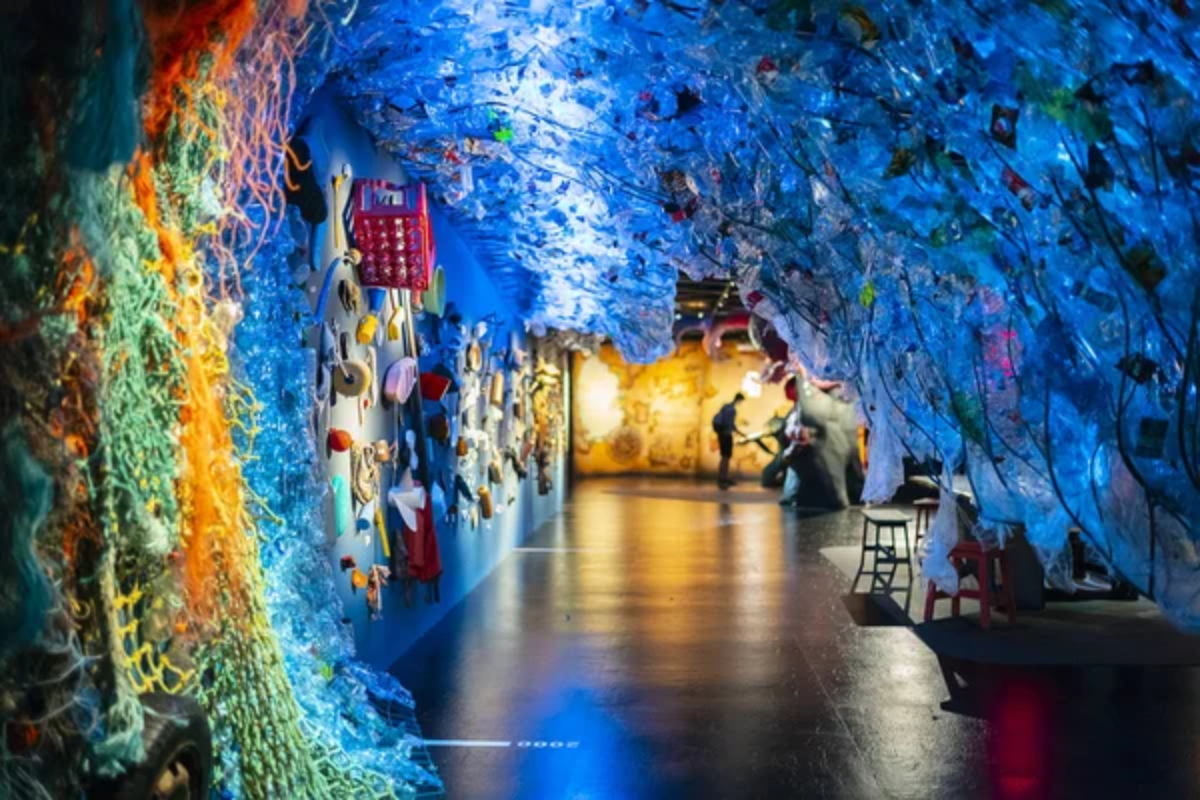
Connecticut’s environmental education facility showcases artwork and exhibits created entirely from materials headed for landfills, demonstrating creative waste reduction approaches that actually work in practice. The centerpiece sculpture incorporates discarded items collected over several years, showing visitors the staggering volume of waste typical communities generate without thinking about the consequences.
Interactive exhibits teach recycling processes and environmental impact through engaging methods that feel inspiring rather than guilt-inducing.
Devil’s Rope Museum
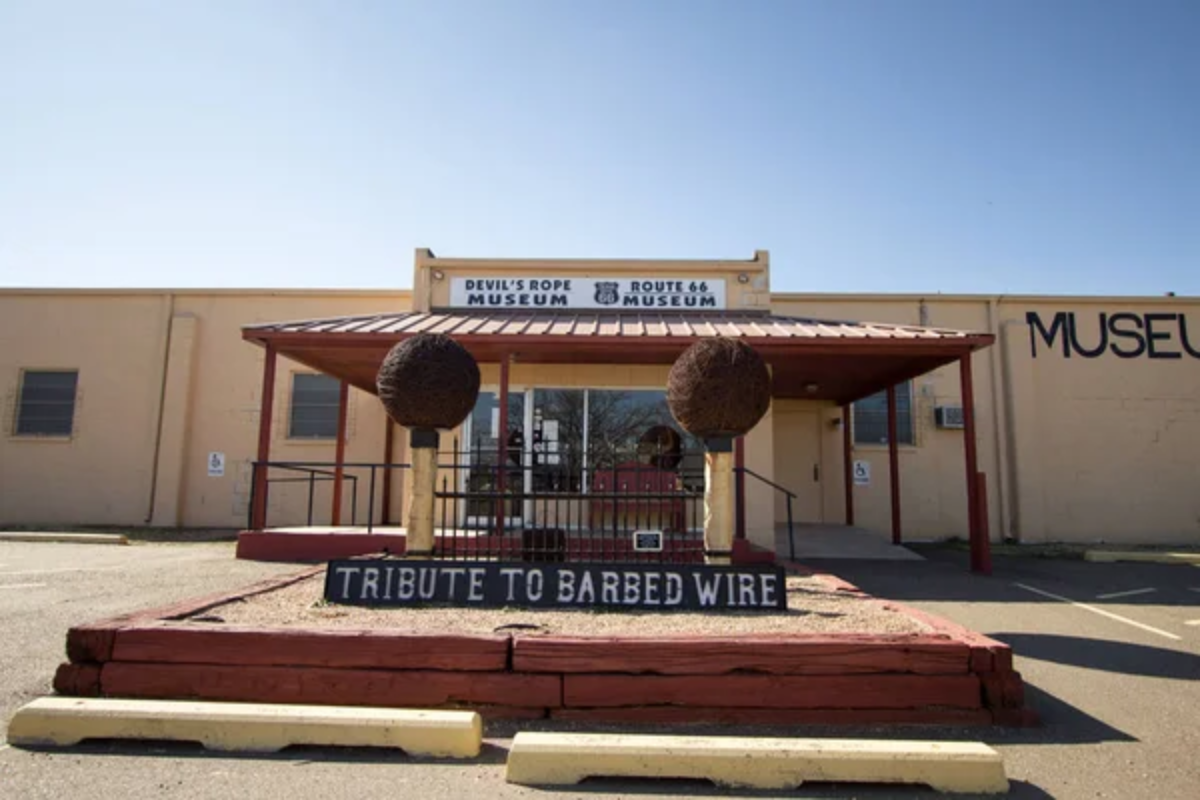
Texas celebrates barbed wire’s invention and impact through exhibits demonstrating how this simple innovation transformed agriculture, ranching, and settlement patterns across the entire American West. Hundreds of different barbed wire designs represent attempts to improve the basic concept of creating inexpensive, effective fencing for vast territories.
The collection shows how seemingly mundane products can become crucial to economic and social development across entire geographic regions, sometimes changing history through pure practicality.
Like Travel Pug’s content? Follow us on MSN.
Toilet Seat Art Museum
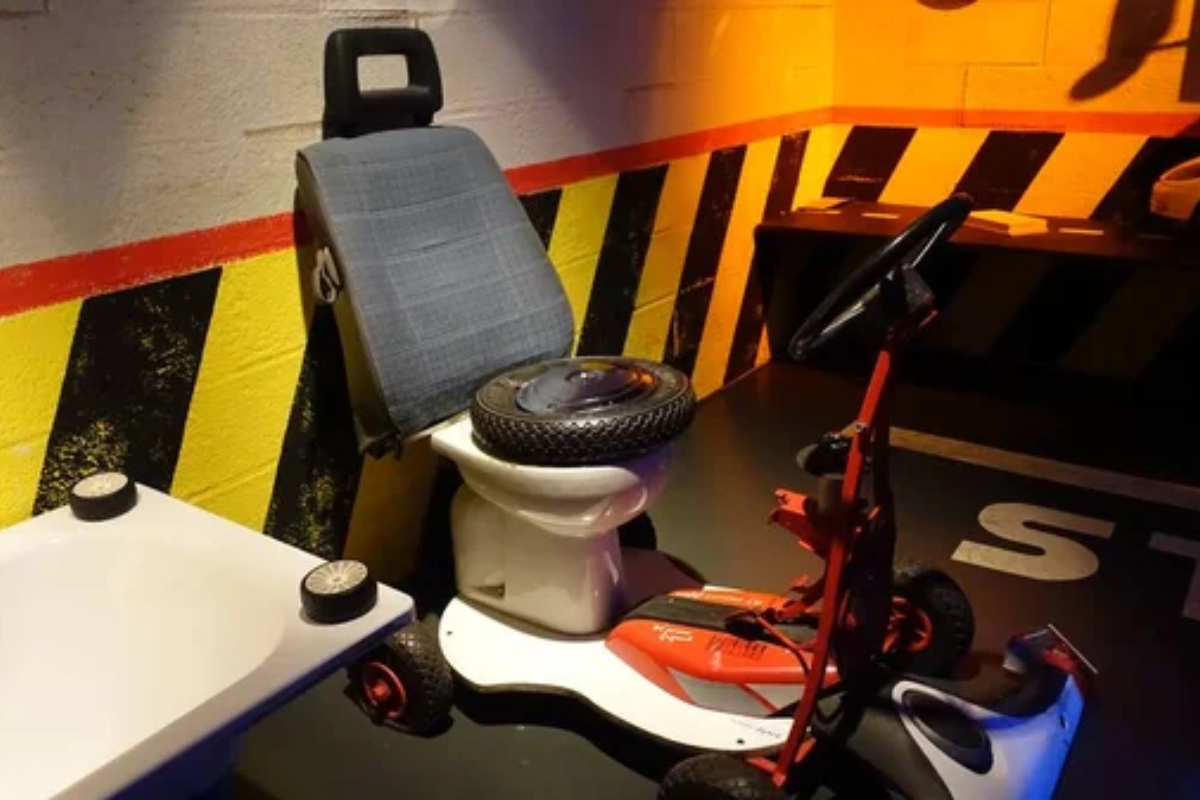
Texas’ San Antonio houses Barney Smith’s collection of over 1,300 decorated toilet seats; each transformed into unique artistic statements through paint, embedded objects, and wildly creative themes. Seats commemorate historical events, celebrate sports teams, and honor famous individuals, proving that artistic inspiration strikes in the most unexpected places and circumstances.
Smith’s decades-long dedication to his craft demonstrates how passionate collecting and genuine artistic vision can elevate literally any material into something worth preserving and displaying.
Burlingame Museum of Pez Memorabilia

California’s comprehensive Pez dispenser collection includes rare prototypes, international variations, and limited editions that document how a simple candy dispenser evolved into a serious collectible phenomenon. Over 1,000 different dispensers sit alongside related merchandise and advertising materials, showing how Pez’s marketing adapted to different cultures, eras, and consumer preferences.
The collection proves that mass-produced items can become valuable cultural artifacts when viewed through design history and collecting culture lenses.
National Mustard Museum
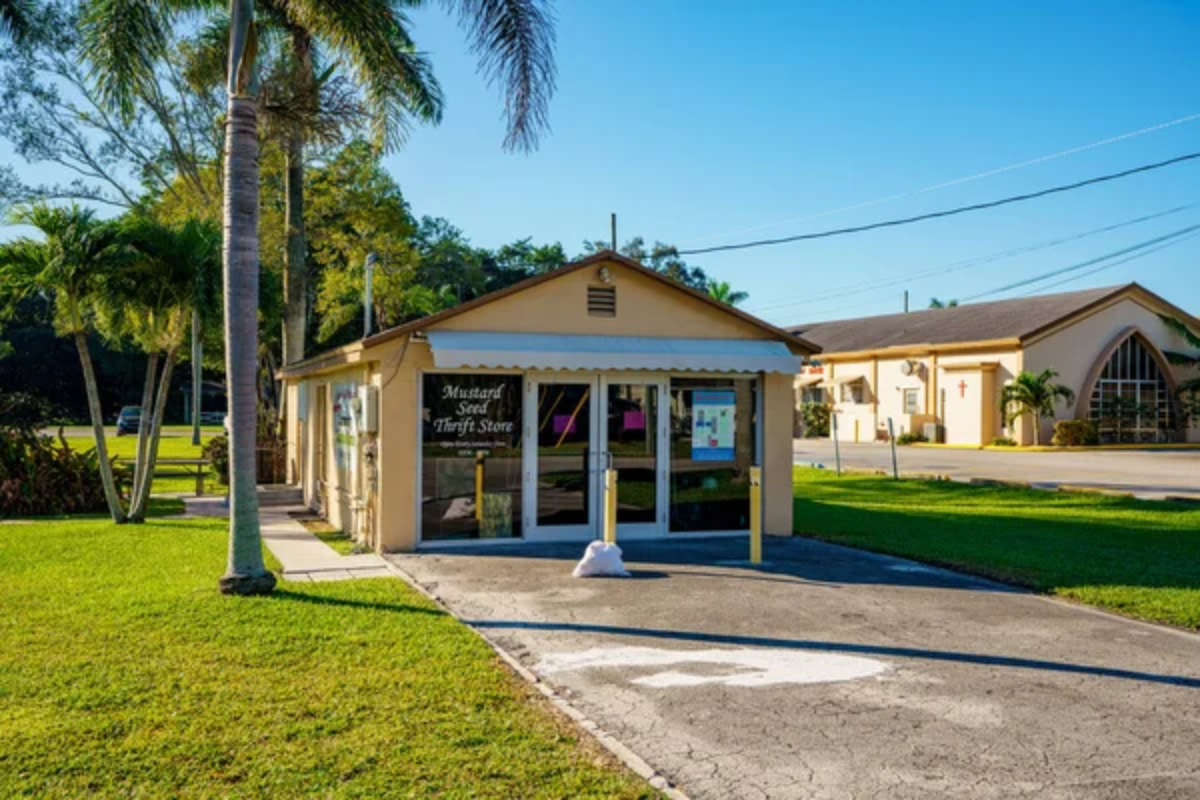
Wisconsin’s Middleton celebrates condiment culture through displays featuring over 6,000 different mustard varieties from around the world, representing every possible flavor combination and preparation method humans have devised. The tasting station allows visitors to sample exotic varieties while learning about mustard’s role in different culinary traditions—from German beer gardens to Indian curry preparations.
The collection demonstrates how simple condiments reflect regional tastes, agricultural practices, and cultural preferences across vastly different societies.
Like Travel Pug’s content? Follow us on MSN.
Glore Psychiatric Museum
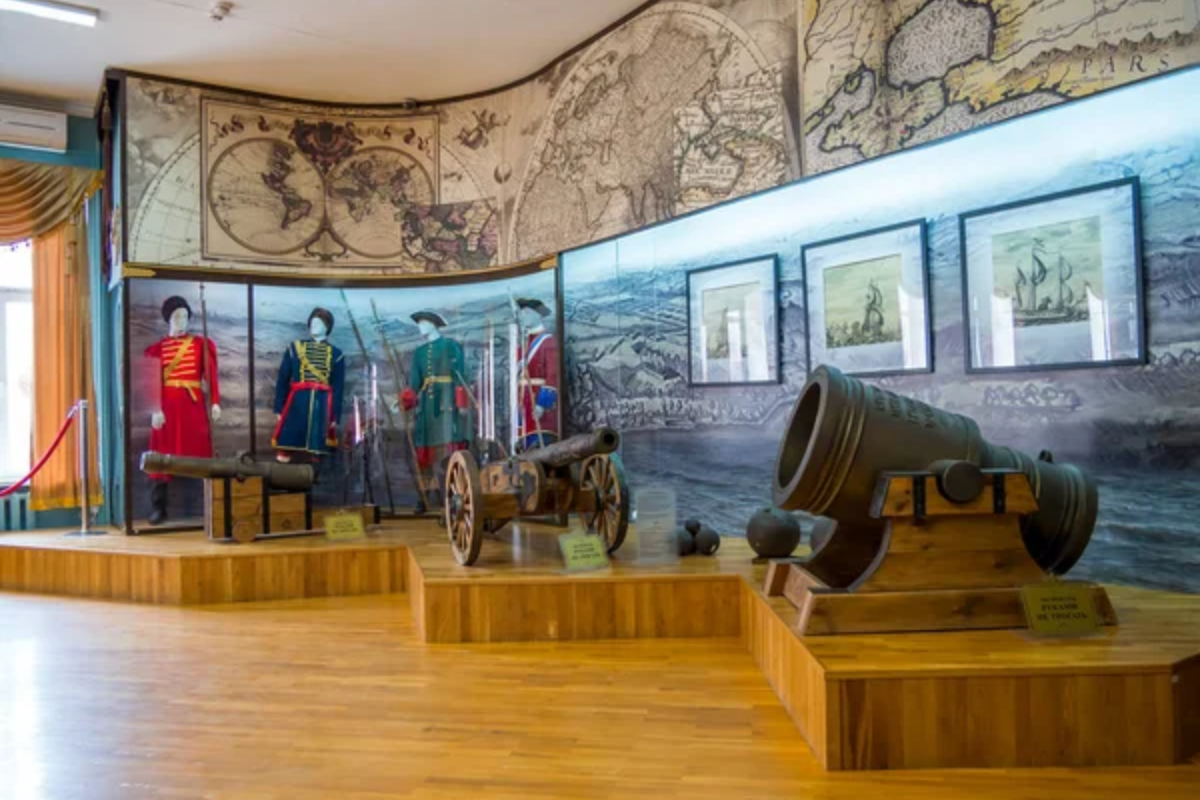
Missouri documents mental health treatment history through reconstructed treatment rooms, vintage equipment, and patient artwork that illustrate how approaches to mental illness have evolved dramatically over time. The educational mission focuses on reducing mental health stigma while acknowledging the often disturbing history of psychiatric treatment methods.
Exhibits balance historical accuracy with appropriate sensitivity, helping visitors understand both past mistakes and current progress in mental healthcare—without sugar-coating the darker chapters.
Wigwam Village Museum

Arizona’s collection of vintage roadside architecture includes restored wigwam-shaped motels representing a unique period when novelty accommodations attracted American families to take cross-country road trips. The museum preserves examples of this distinctive architectural style while documenting social and economic factors that made such businesses viable during mid-20th century travel culture.
The collection serves as a bittersweet reminder of travel experiences that modernization has largely eliminated—along with the quirky charm they provided.
Paper House
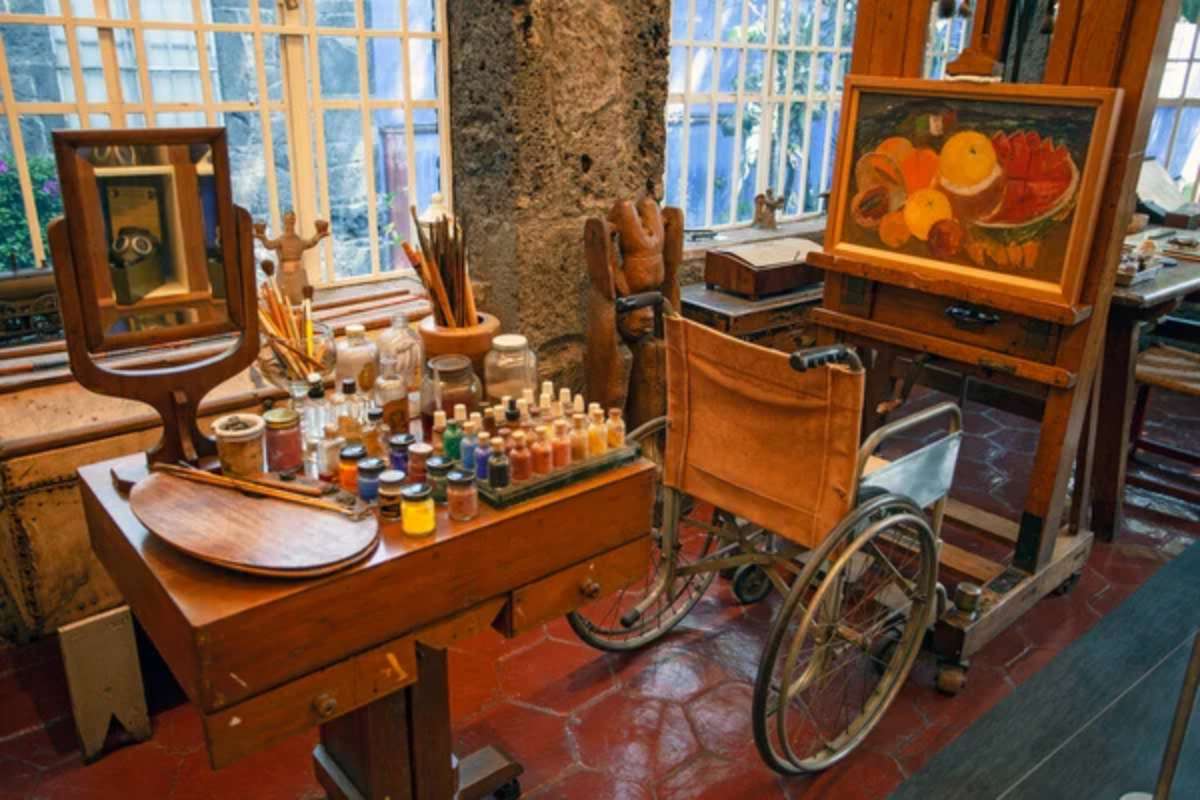
Massachusetts’ Rockport features a house constructed almost entirely from newspapers, demonstrating one man’s creative waste reduction response decades before environmental consciousness entered mainstream thinking. The structure includes furniture, decorative elements, and functional items created from carefully folded and layered newspapers—showing remarkable ingenuity in material reuse that challenges conventional construction approaches.
The house functions as both an artistic statement and a practical demonstration of alternative building techniques that work surprisingly well.
Like Travel Pug’s content? Follow us on MSN.
Shoe Tree Museum
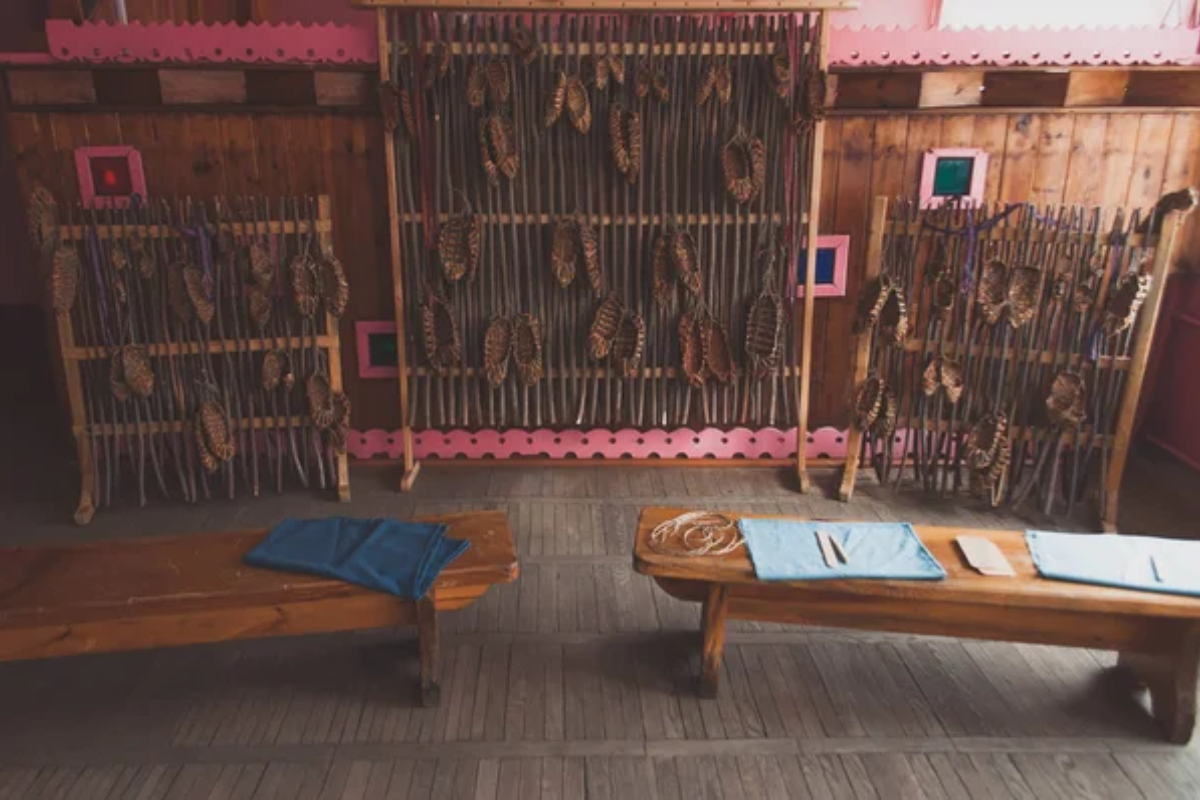
Nevada’s desert highway features shoes hanging from a single tree, representing grassroots folk art that grew organically as travelers contributed their footwear to the collection. No official curator or organization manages the site, yet it continues expanding as people add to the installation during their journeys across the region.
The phenomenon demonstrates how public art can emerge spontaneously when people feel inspired to participate in something larger than their individual travel experiences.
Museum of Questionable Medical Devices
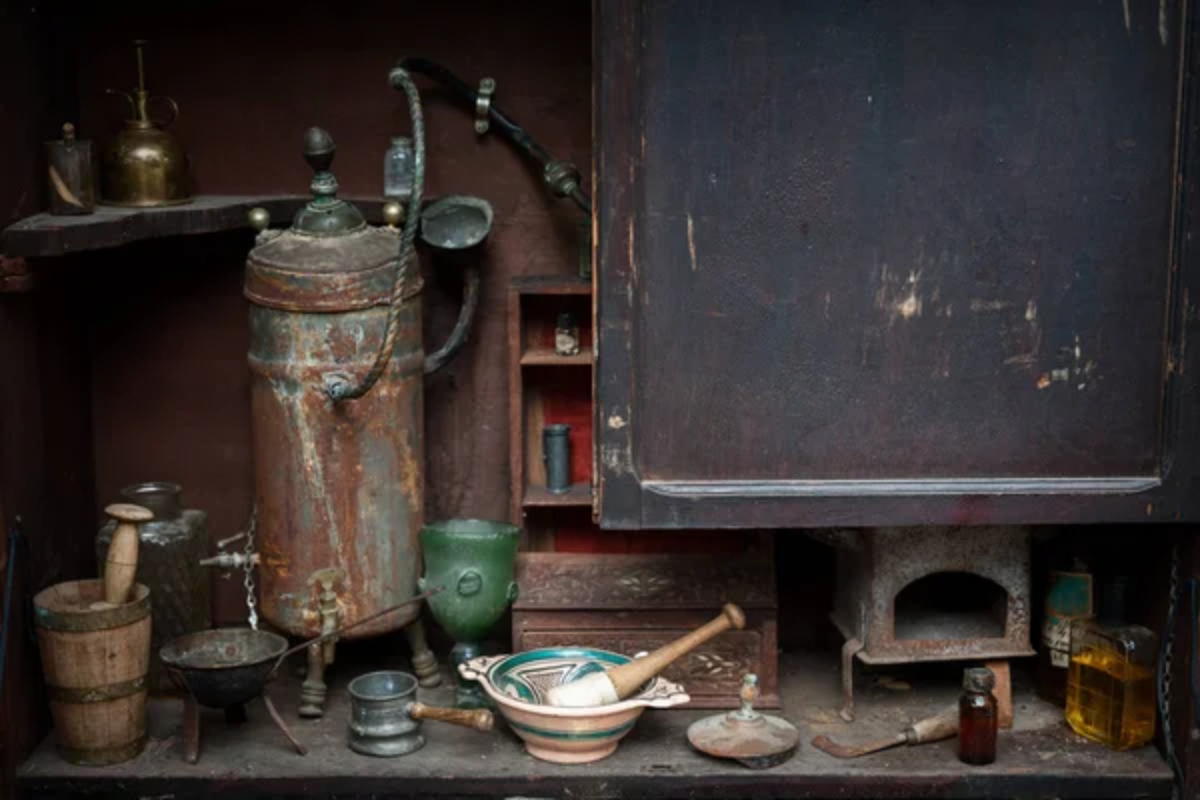
Minnesota’s collection of dubious health gadgets documents humanity’s eternal quest for easy solutions to complex medical problems through devices that promise miraculous cures via questionable science. Exhibits include electric belts claiming to restore vitality and machines supposedly improving intelligence through magnetic field manipulation—alongside dozens of other contraptions that preyed on hope and ignorance.
The museum serves as both entertainment and a cautionary tale about scientific rigor’s importance in medical treatment.
Celebrating Human Curiosity
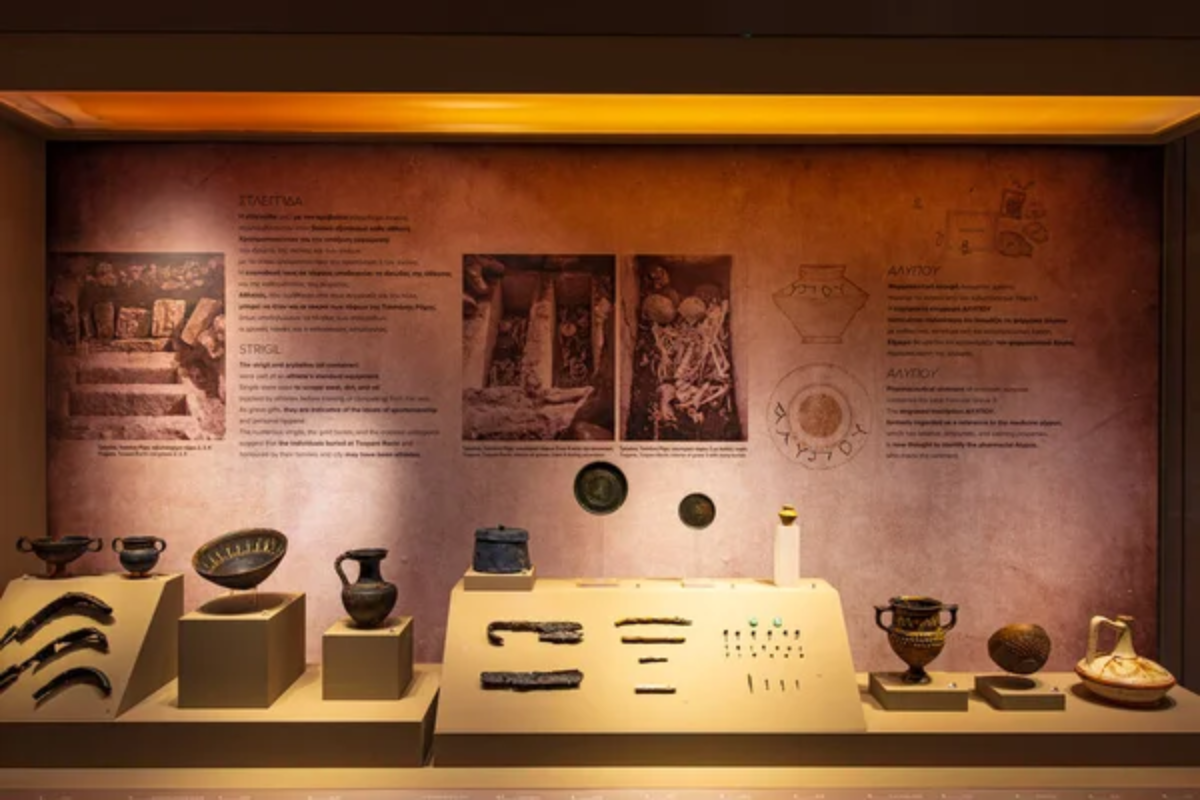
These unusual institutions demonstrate that passionate collectors can transform virtually any topic into engaging educational experiences that challenge assumptions about what deserves preservation and public recognition. Each museum represents someone’s decision that their particular obsession warranted permanent documentation, regardless of how niche or seemingly ridiculous others might consider the subject matter.
The continued existence and popularity of these places suggest human curiosity extends far beyond traditional cultural boundaries into realms that mainstream institutions often overlook, yet which reflect genuine aspects of our shared experience and endless capacity for finding meaning in unexpected places.
More from Travel Pug

- 20 Best Beach Towns in the Carolinas
- 13 Destinations Where Tourists Regularly Regret Their Trip
- 20 Destinations That Are More Magical Without an Itinerary
- 20 Underrated Adventures That Belong on Your Travel List
- 20 Cities Where You Should Just Wing It, No Planning Required
Like Travel Pug’s content? Follow us on MSN.
